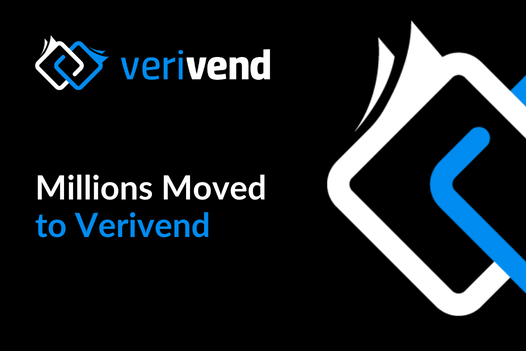Why have SVB clients moved millions to Verivend in the last few days?
Verivend was created as a secure payment platform for investment sponsors to automate their capital call funding and distribution payments, and in the past few days we’ve seen customers move not only their funds, but their deposits, to their Verivend digital wallets in order to ensure continued access to their operating capital.
Why GPs and fund managers are moving their capital to Verivend:
- Resiliency. The capital you keep in your digital wallet is backed by Verivend’s proprietary network of multiple banking partners. In uncertain times, systemic risk is decreased through the diversification of assets between these partners. This also gives Verivend the ability to mitigate risk in real-time if individual banks are negatively impacted.
- Access. Funds in your digital wallet can be transferred instantly to investment targets, LPs, vendors, or employees with real-time reconciliation. GPs and LPs have access to Verivend 24x7x365 with both live and online support provided to our customers. In a recent survey of investors using Verivend, 84% didn’t even require live support, and those that did gave their customer support experience a 100% satisfaction rating.
- Automation. Verivend is the only payment-first fund administration platform, creating automation and new cost savings for investment sponsors. We have streamlined the account opening process allowing our customers to open Verivend accounts with a few simple clicks. Customers are guided through the KYC process and once onboarded, are able to raise and transfer money immediately and instantly.
Verivend is experienced and well-positioned to support and secure venture, angel, and private equity investments, with hundreds of millions of dollars flawlessly moved over tens of thousands of transactions between general partners, limited partners and investors, and their administrators.
Verivend’s payment-first fund administration platform eliminates the effort, pain, and security risks for investment sponsors and their investors and allows the raising and deployment of funding in a secure, transparent environment.
Getting started with Verivend is completed in a matter of minutes with an efficient, electronic, and integrated account opening process and investment sponsors can start moving money through Verivend after completing a same-day KYC process.
Unlock more security for your funding and operating capital by scheduling your demo today at https://verivend.com/demo






